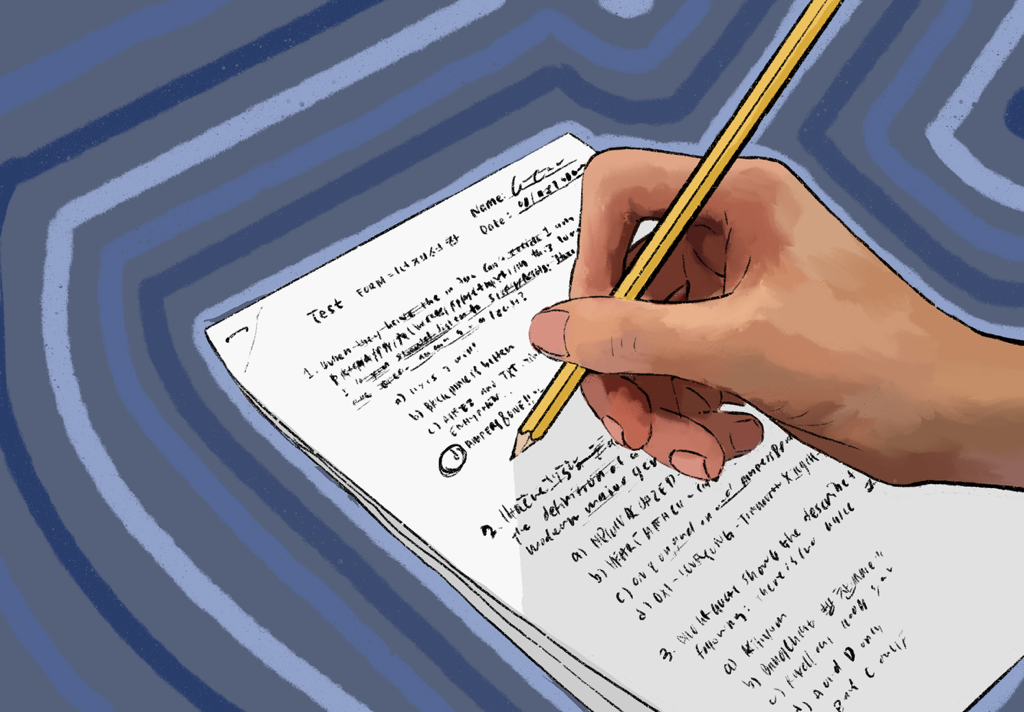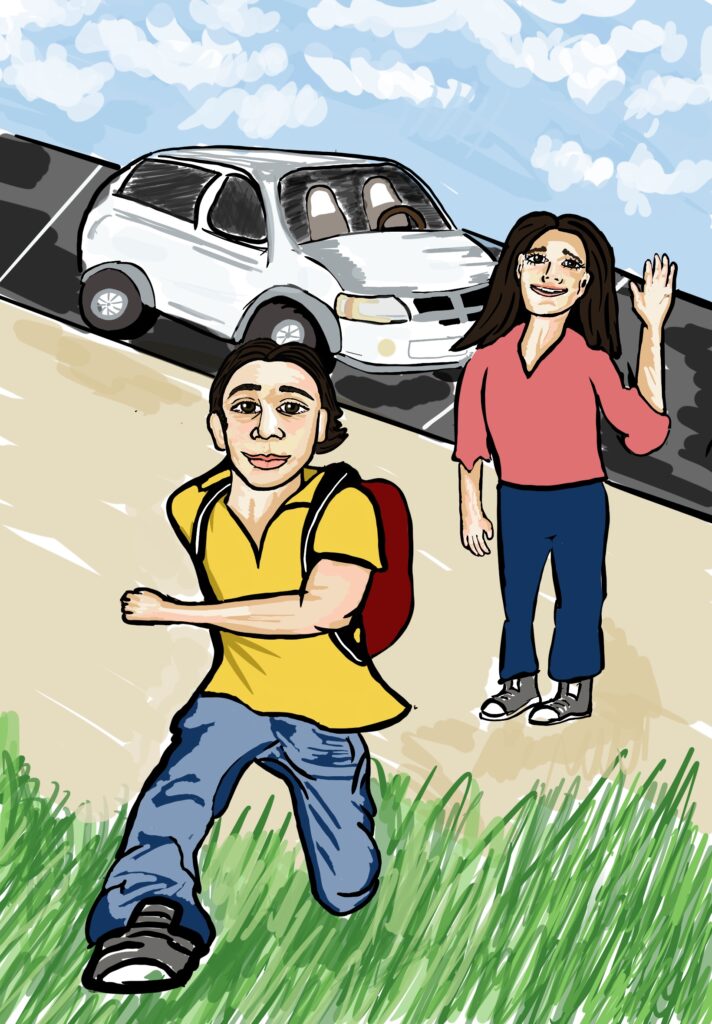I play Lloyd in this year’s winter production at Choate, Blue Stockings. Lloyd could not be more different from me: he is a white undergraduate studying at Trinity College, a constituent college of Cambridge University in England, and he is overwhelmingly misogynistic. The title of the play refers to the word bluestocking, a derogatory term used frequently in the late 1800s, meaning an intellectual woman. Lloyd’s deep-rooted antifeminism directly correlates to the theme of the play: the ongoing journey of humankind to equality. Blue Stockings alludes to the New Woman feminist ideals of the late 1800s, ideals that marked an increase in the number of educated women in Europe and the United States. I joined this production not only to widen my horizons as an actor, but also to make my own personal statement about the importance of art as a means of sparking dialogue.
Art is perhaps the most wondrous tool available to us. It is a cheap and boundary-free way to enact change. Not only is this highly convenient, but it is especially necessary for us given the many problems we face as a population today. As mere constituents of a large global community, it becomes easy to feel uninfluenced by or useless against problems like world hunger or climate change. But the fact of the matter is that these problems are, or will soon be, affecting us if we don’t come together and initiate change. This is where art comes in — an effective piece not only informs us of the issue at hand, but engages our emotions on a deeply personal level.
Without a doubt, art makes us feel. Once we begin to feel, we begin to think. And when we begin to think, we begin to take action. We all know the feeling of being overwhelmed and inspired by a novel, a movie, perhaps a painting, or even just our favorite song. They all touch us in ways no other mediums would be able to. The transformative experience art provides us with is arguably the most effective method in inspiring us to pursue change.
Art is the best vehicle for connecting people. In a world already full of divisive issues, all forms of art remain an effective method for people to connect with one another over difference. Art can be interpreted in any number of ways, and as a result, engenders a different response in everyone. Art doesn’t impose a system or binary to which we must conform. Art doesn’t discriminate. Despite all of this, however, art is still capable of carrying a message and conveying it. Its inclusivity is why it transcends the many differences of belief worldwide and provide new insights to problems that we otherwise wouldn’t be able to solve on our own.
This year’s winter production is one of the many excellent examples of art as a method of driving change. It carries an important and relevant message, one that should continually be reinforced. Inspiringly, Blue Stockings isn’t the only instance of this on campus; currently, in the PMAC hang pieces of art intended to promote awareness for issues such as children affected by police brutality and racism, or the hardships that refugees endure. My hope is that as a community, we continue to create more pieces of art in order to spark dialogue and change. As a society, we interact and respond to art on a regular basis; if only we realize art’s limitless potential to stimulate change and translate this to solving the manifold problems we face as a society today, we would cultivate the strong participation we need to solve these problems on a global scale.




